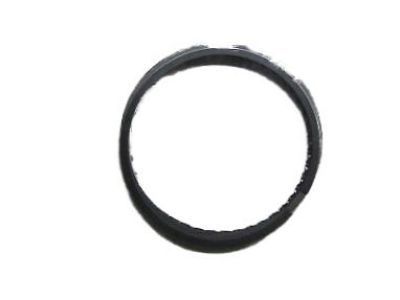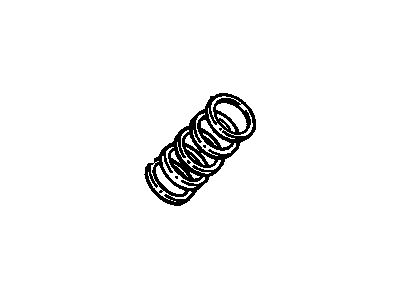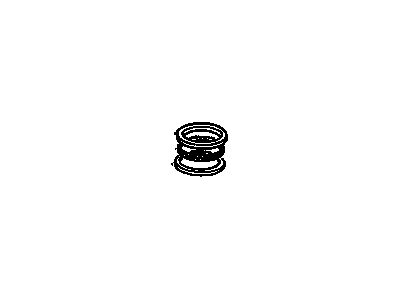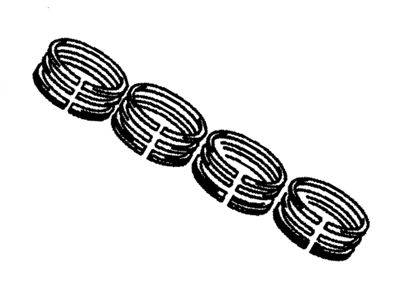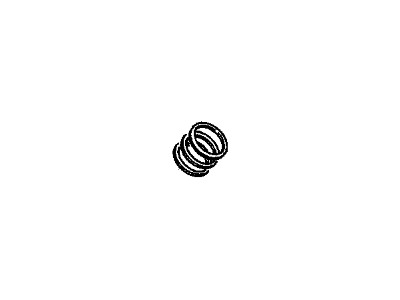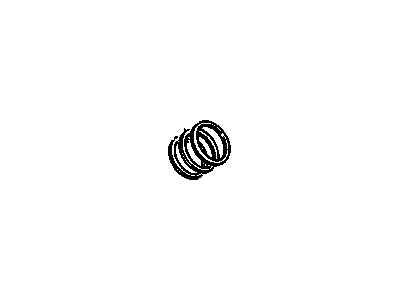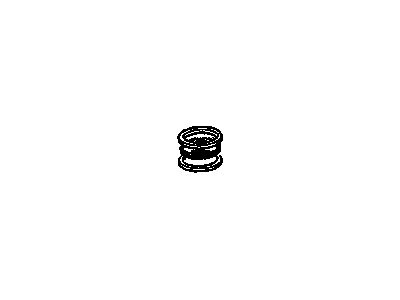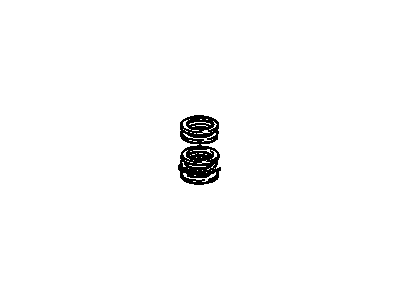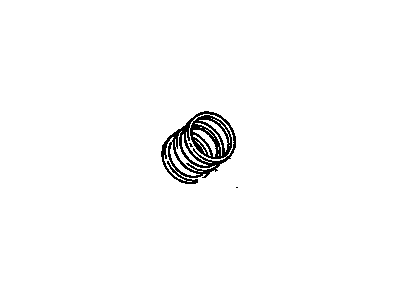
My Garage
My Account
Cart
Genuine Oldsmobile Cutlass Piston Ring
Piston Ring Set- Select Vehicle by Model
- Select Vehicle by VIN
Select Vehicle by Model
orMake
Model
Year
Select Vehicle by VIN
For the most accurate results, select vehicle by your VIN (Vehicle Identification Number).
33 Piston Rings found
Oldsmobile Cutlass Piston Ring Unit(Std)
Part Number: 10181330$20.42 MSRP: $41.18You Save: $20.76 (51%)Oldsmobile Cutlass Ring Kit,Piston
Part Number: 12363179$3.67 MSRP: $5.77You Save: $2.10 (37%)Ships in 1-2 Business DaysOldsmobile Cutlass Ring Kit, Piston(5.0 Litre)
Part Number: 22529562$16.75 MSRP: $33.79You Save: $17.04 (51%)Oldsmobile Cutlass Ring Kit, Piston (Std)
Part Number: 12538691$17.31 MSRP: $34.92You Save: $17.61 (51%)Oldsmobile Cutlass Ring Kit,Piston(Std)
Part Number: 25527543$17.70 MSRP: $35.70You Save: $18.00 (51%)Oldsmobile Cutlass Piston Ring Unit(1.0 Mm Outside)
Part Number: 10181332$17.92 MSRP: $36.14You Save: $18.22 (51%)Oldsmobile Cutlass Ring Kit,Piston (Std)
Part Number: 12481987$3.42 MSRP: $5.38You Save: $1.96 (37%)Ships in 1-2 Business DaysOldsmobile Cutlass Ring Unit, Piston(0.5Mm Oversize)
Part Number: 10159571$1.46 MSRP: $8.49You Save: $7.03 (83%)Ships in 1-2 Business Days
| Page 1 of 2 |Next >
1-20 of 33 Results
Oldsmobile Cutlass Piston Ring
Oldsmobile Cutlass Piston Ring plays an important part of closing the combustion chamber in the vehicles to enhance burning of fuel-air mixture as well as minimizing gas blow-by and controlling oilscalping. These rings which are normally made of cast iron or steel have been manufactured with a view of allowing little or no friction while at the same time should be capable of sealing effectively to ensure the efficiency and durability of the engine is not compromised. Oldsmobile Cutlass models of the years have incorporated many distinctive Piston Rings such as the typical cast iron and the slim forms. The most recent innovations include even thinner top and second rings which are 1mm and better oil control rings of 2mm thickness to enhance on the friction and sealing. It is by the help of such innovations that enhanced oil control and modified designs making the pistons much efficient in the performance of the Oldsmobile Cutlass.
Each OEM Oldsmobile Cutlass Piston Ring we offer is competitively priced and comes with the assurance of the manufacturer's warranty for the part. Furthermore, we guarantee the speedy delivery of your orders right to your doorstep. Our hassle-free return policy is also in place for your peace of mind.
Oldsmobile Cutlass Piston Ring Parts Questions & Experts Answers
- Q: How should piston rings and Piston be reassembly to ensure proper performance in a rebuilt engine in V8 engine on Oldsmobile Cutlass?A:The piston must fit properly into its corresponding connecting rod and this is most efficiently done by special tools with help from an arbor press if available and by a professional. New piston rings should be of the same size as the piston that is to be employed for the rebuilt engine, and the process of setting them offers key to constructed engine's process. Before putting the piston rings, one must take some measurements on the ring end gap, which has to be done for each piston ring and for all the entire set of piston rings that must include a top ring, a second ring and a three-piece oil control ring. Screw one top ring into the bore of the cylinder so that it is perpendicular to the cylinder wall then, when another top ring has been fitted, use a feeler gauge to measure the gap between the two ends of the ring. If the gap is lacking, remove the ring and put a new top ring in its stead then check all top rings whereby by use of a fine file trued to size. As with the second rings and the oil control rings measure the end gap of each second In the same way. Roll a piston ring over the groove of the corresponding piston to feel any bind; if rings are distorted, replace them. If available use a piston ring expander or small lengths of tin to align the ring gap on the piston rings to the appropriate grooves when fitting the rings. Loosen and install the bottom oil ring spacer and its components and check that they float in the groove and do the same for all the pistons. The piston rings are to be correctly fitted and properly cleared in their respective grooves and the fitting should be checked using a blade feeler gauge and correction if any should be done.
Related Oldsmobile Cutlass Parts
Browse by Year
1999 Piston Ring 1998 Piston Ring 1997 Piston Ring 1996 Piston Ring 1995 Piston Ring 1994 Piston Ring 1993 Piston Ring 1992 Piston Ring 1991 Piston Ring 1990 Piston Ring 1989 Piston Ring 1988 Piston Ring 1987 Piston Ring 1986 Piston Ring 1985 Piston Ring 1984 Piston Ring 1983 Piston Ring 1982 Piston Ring
